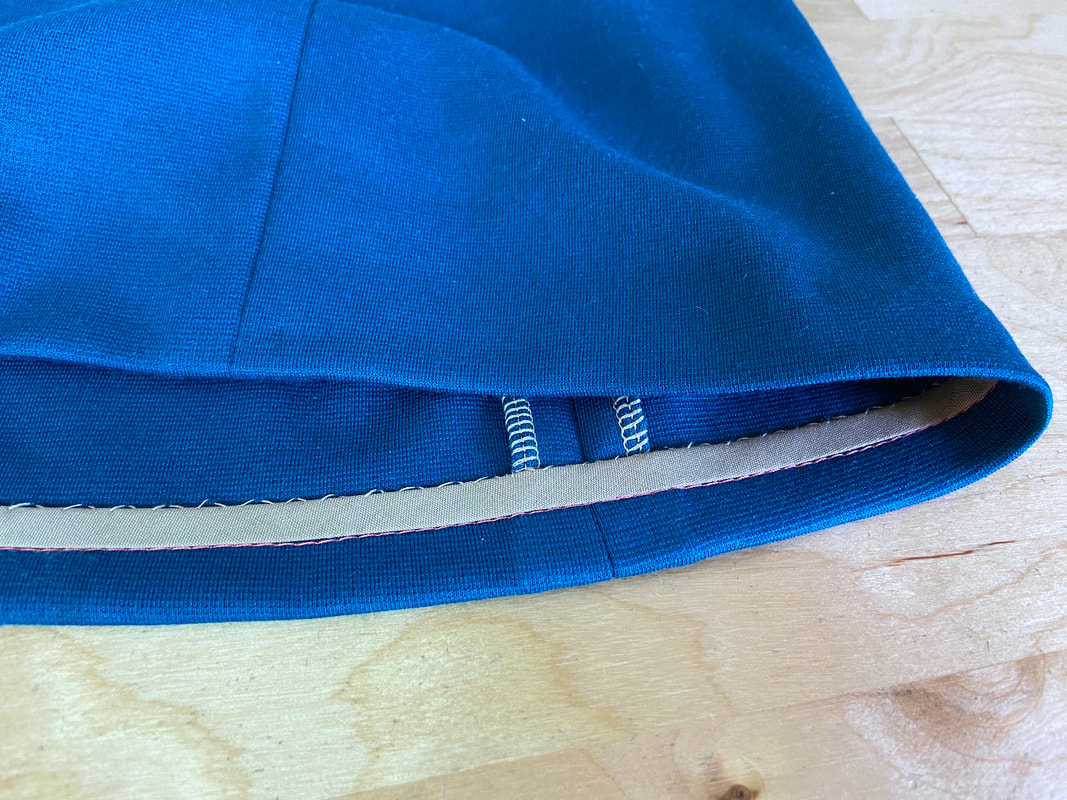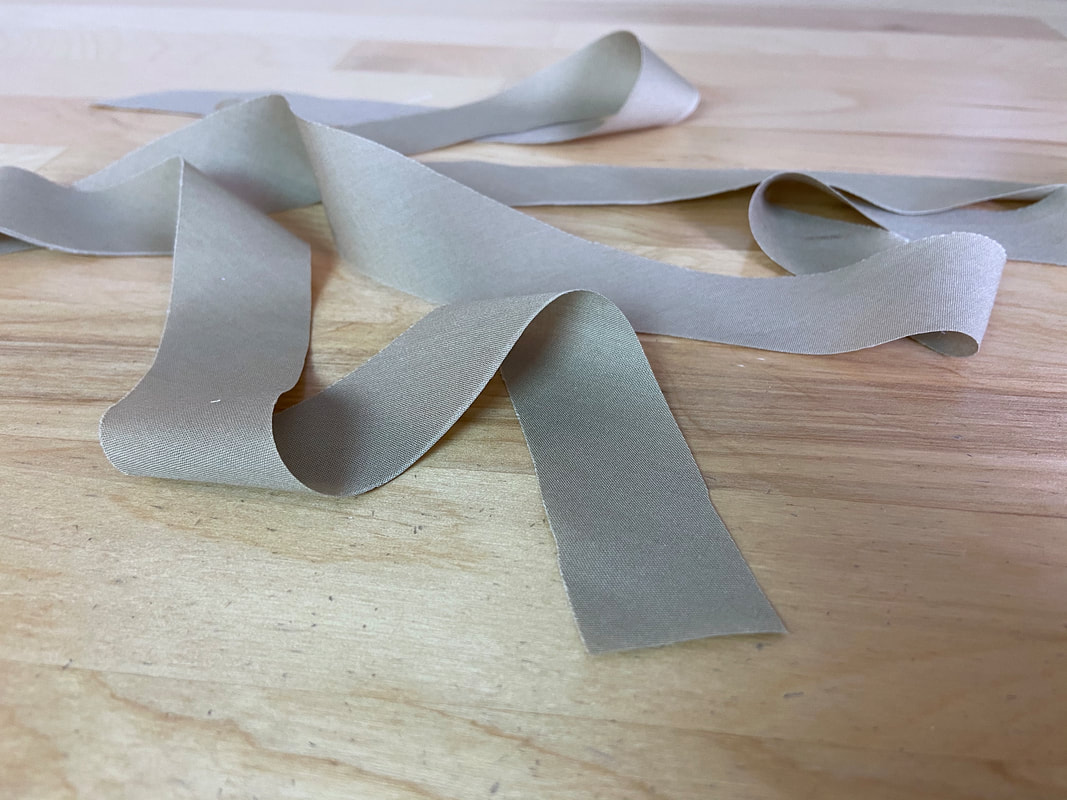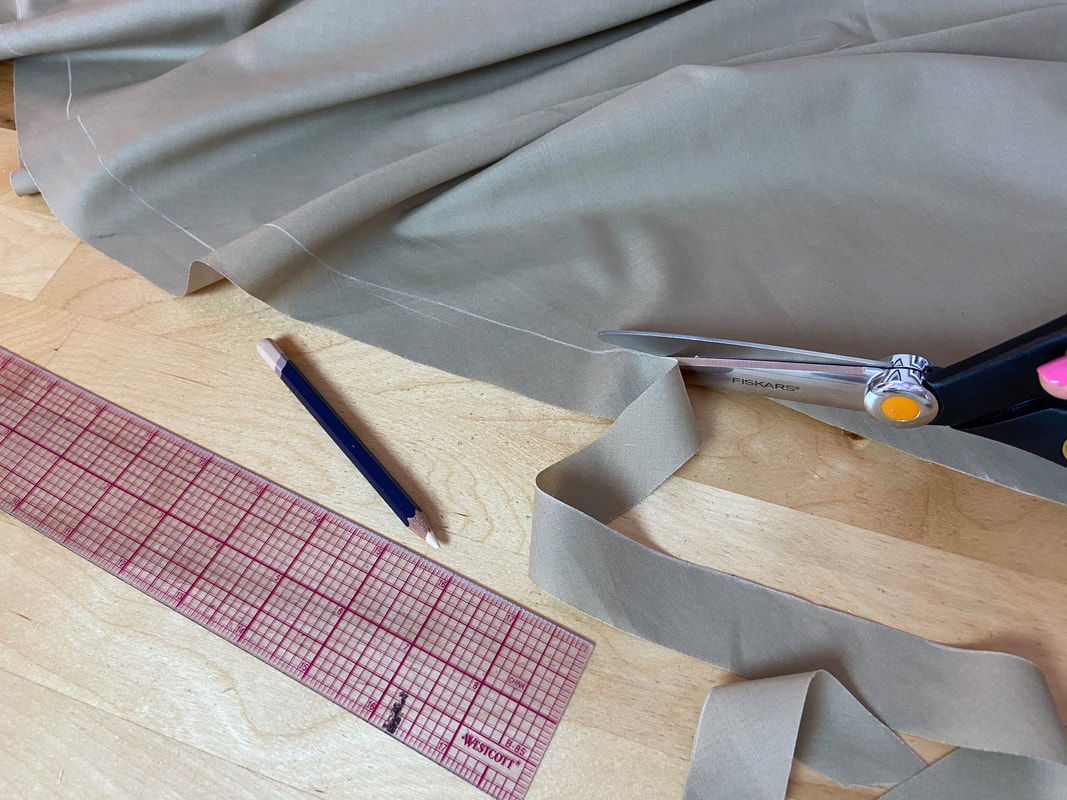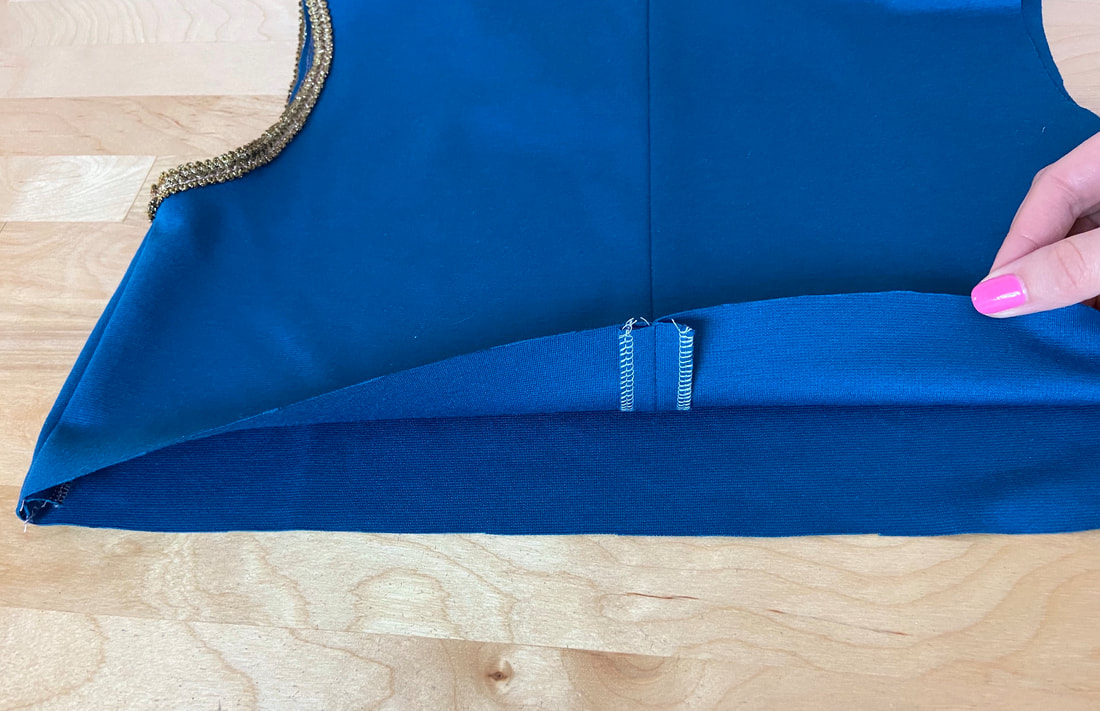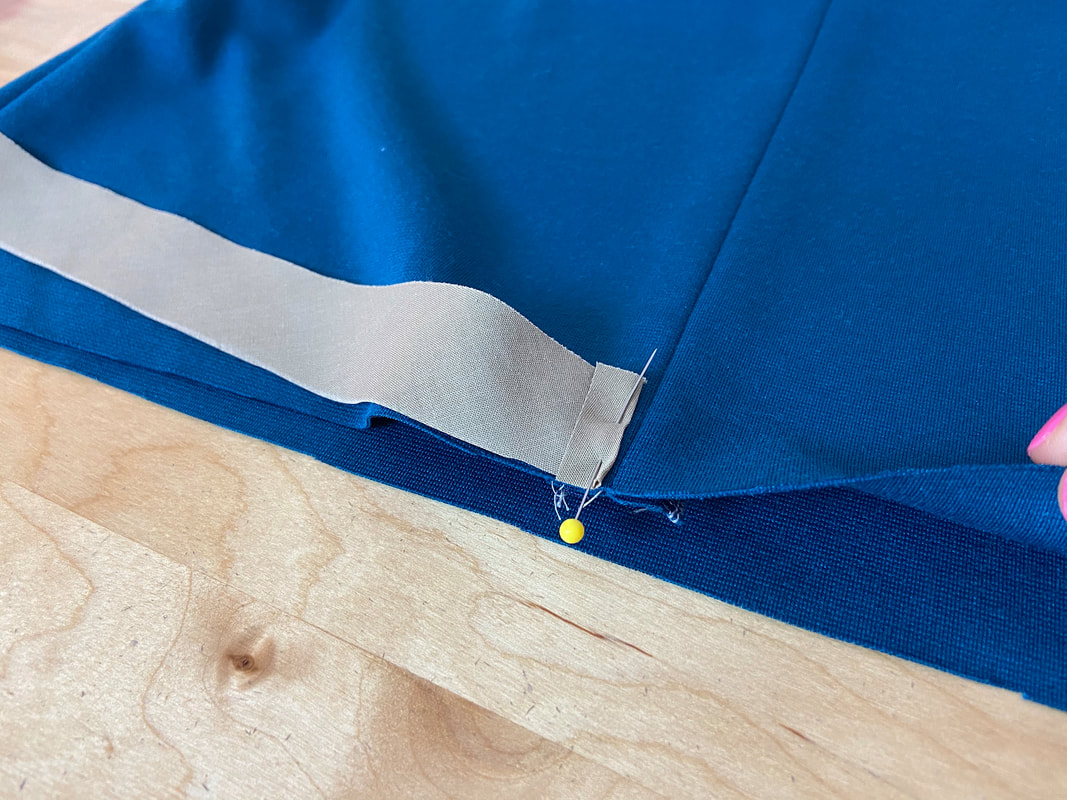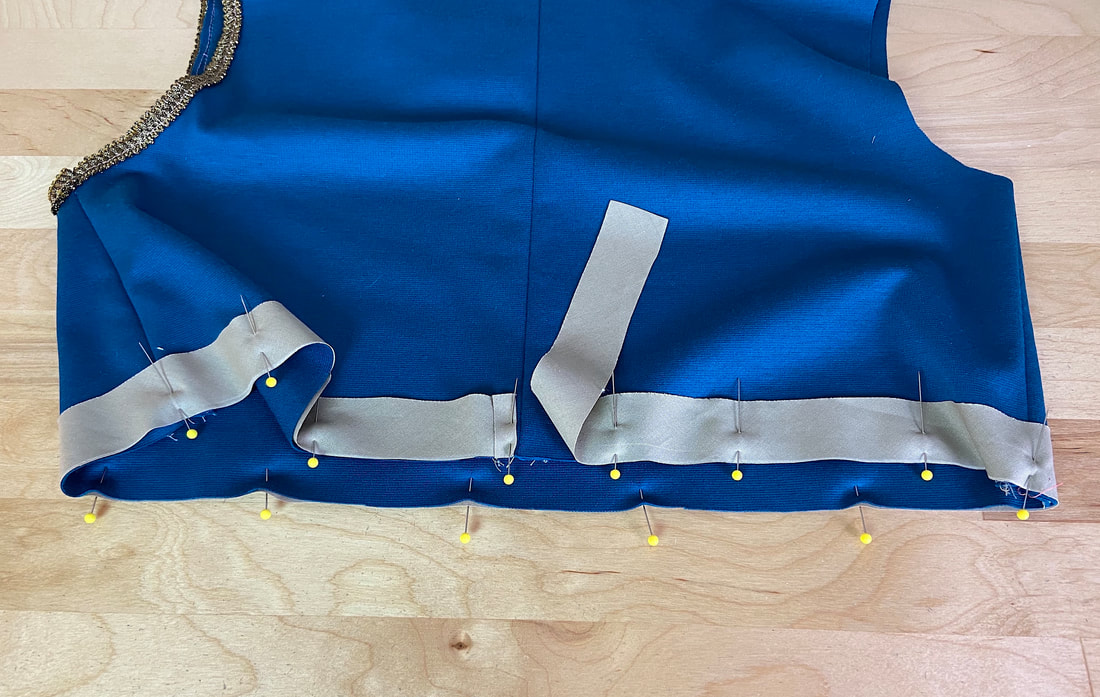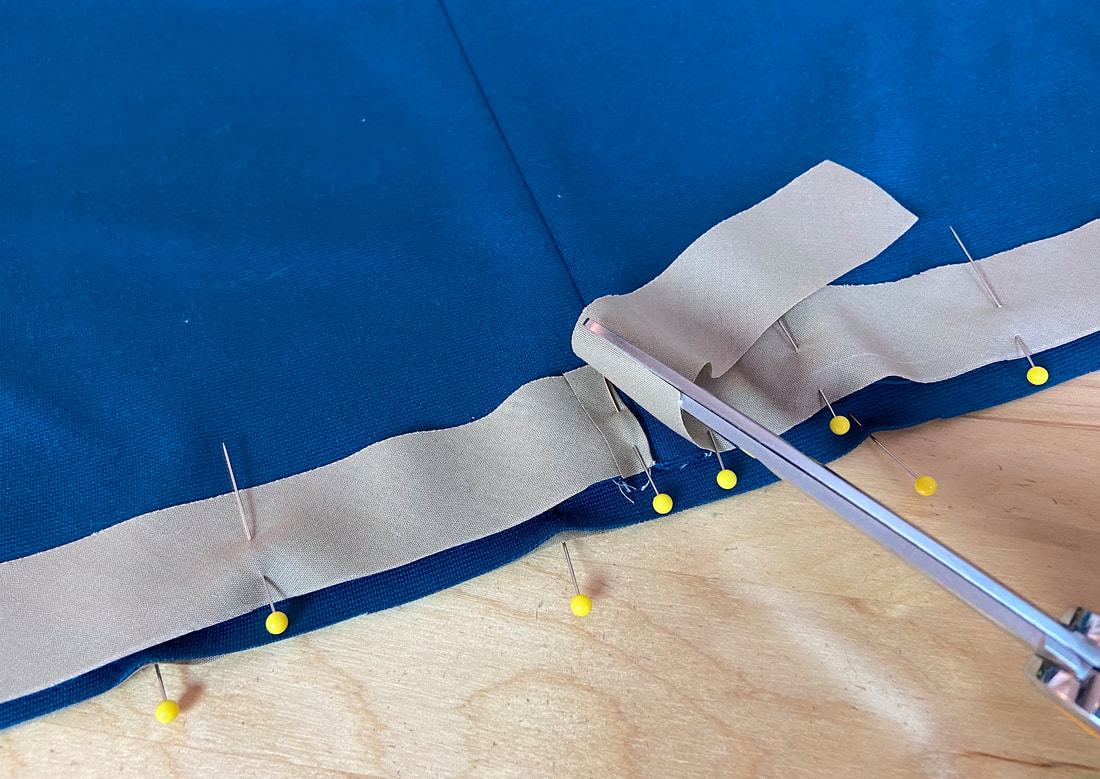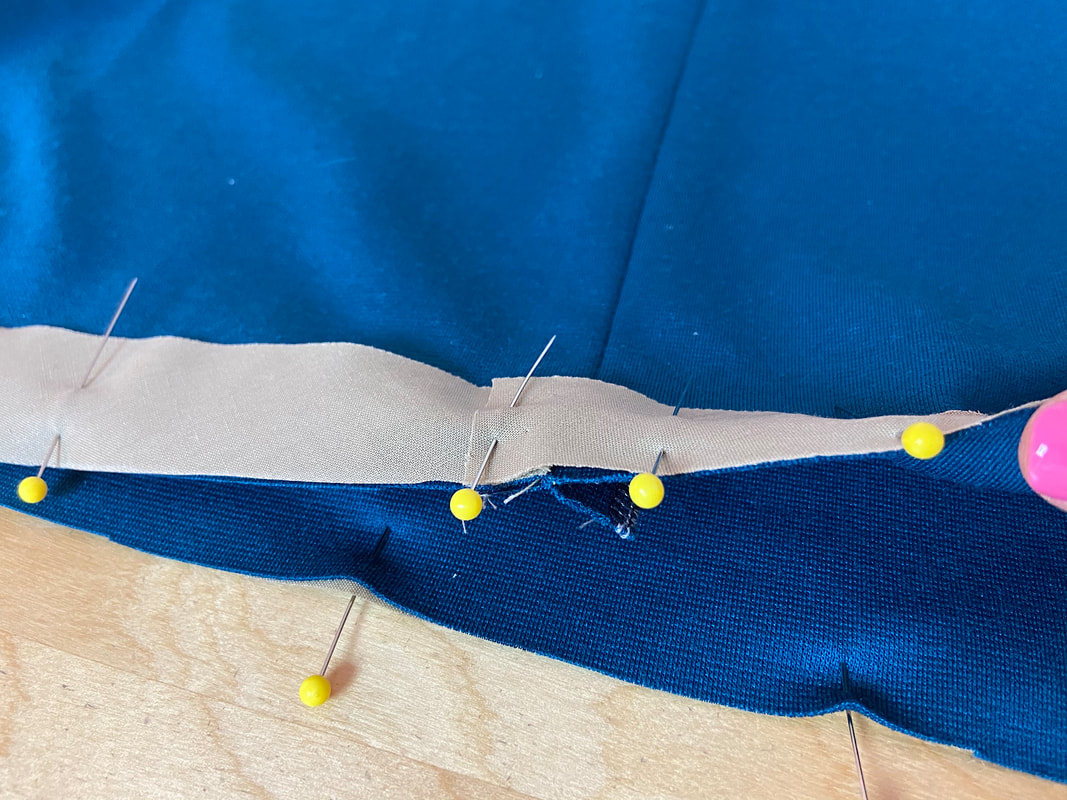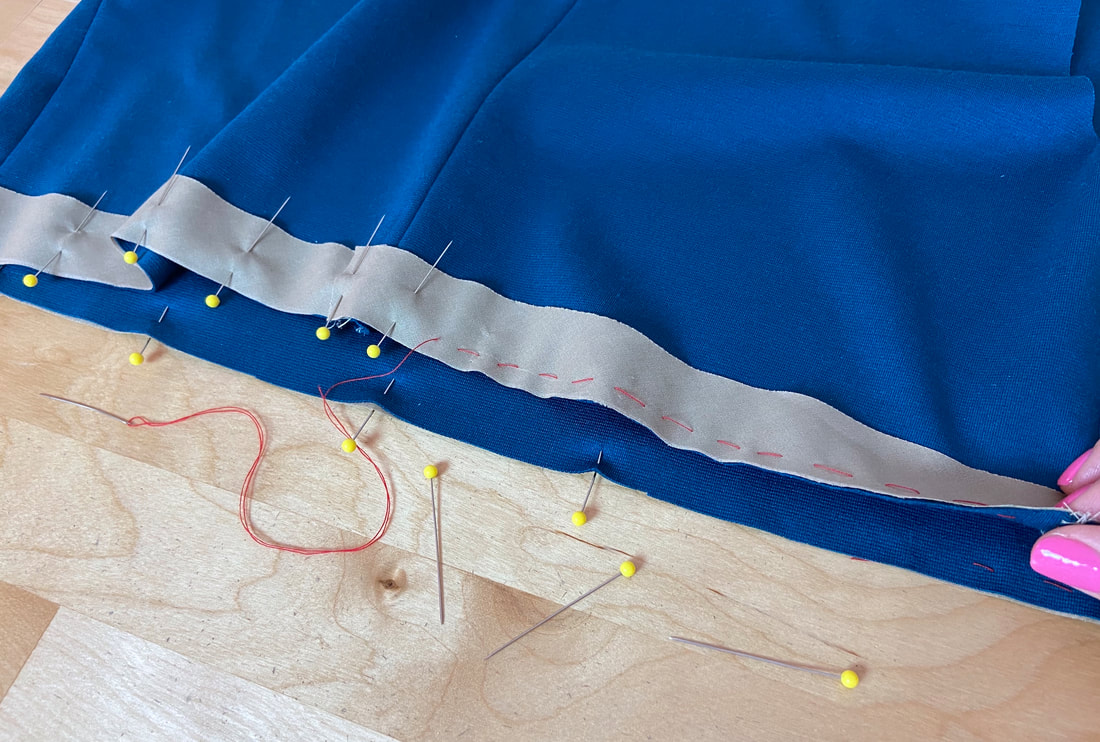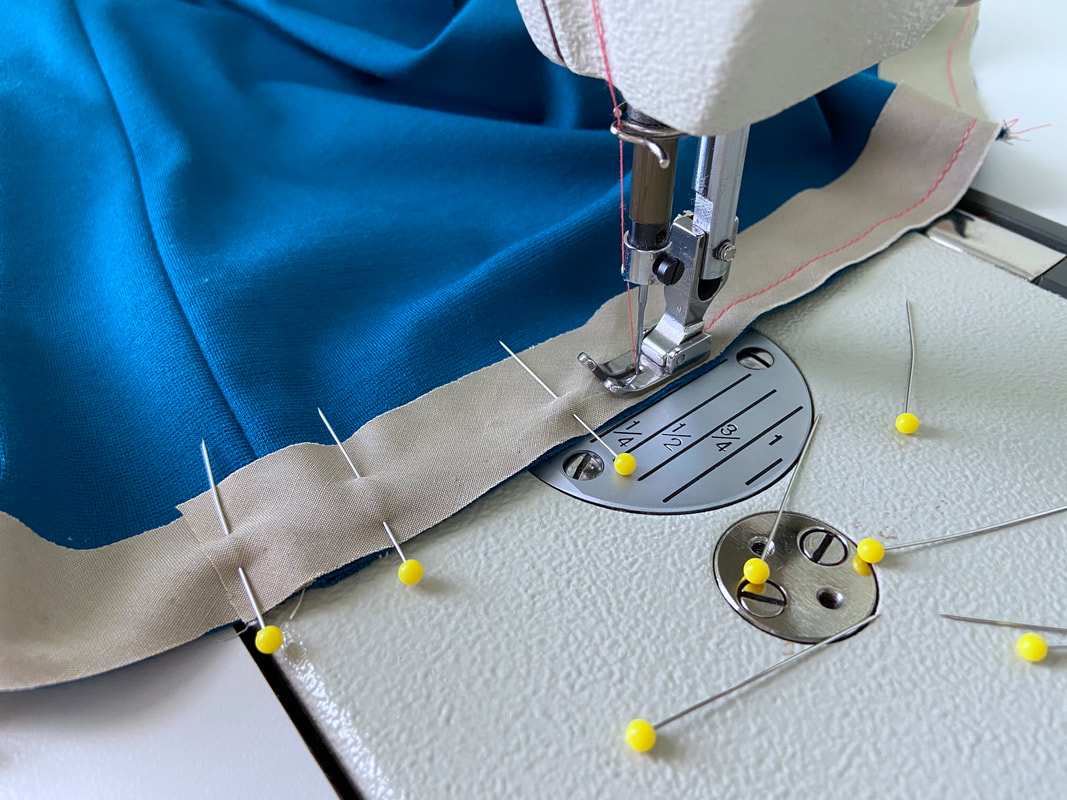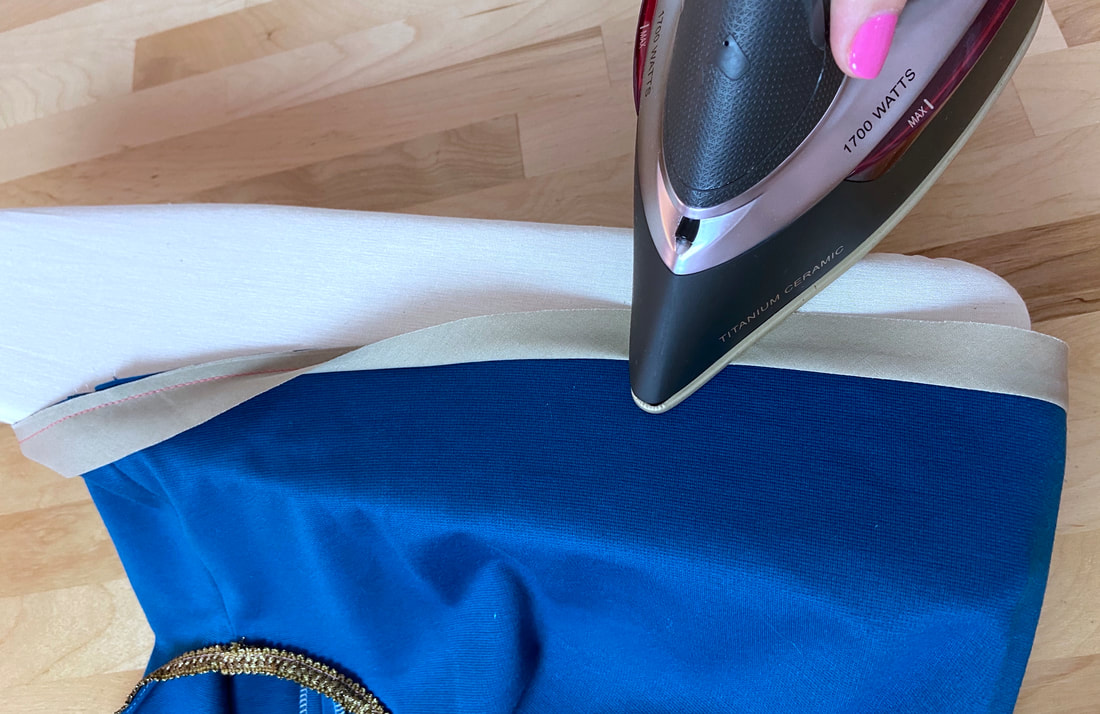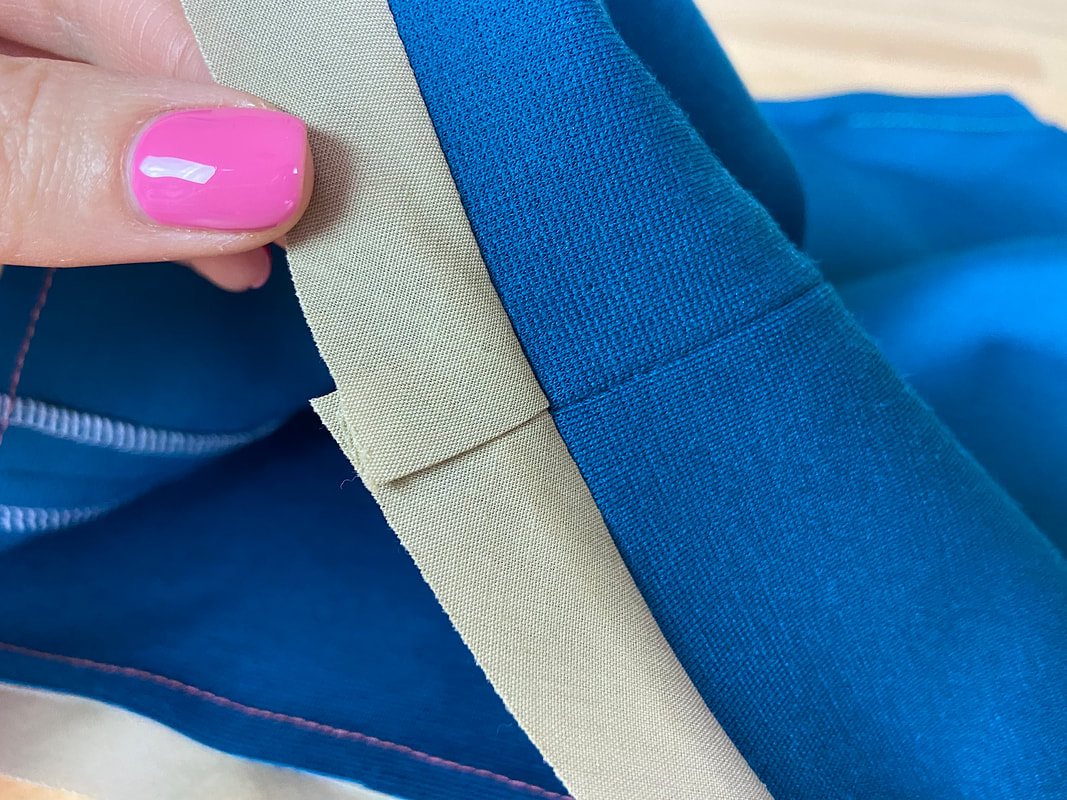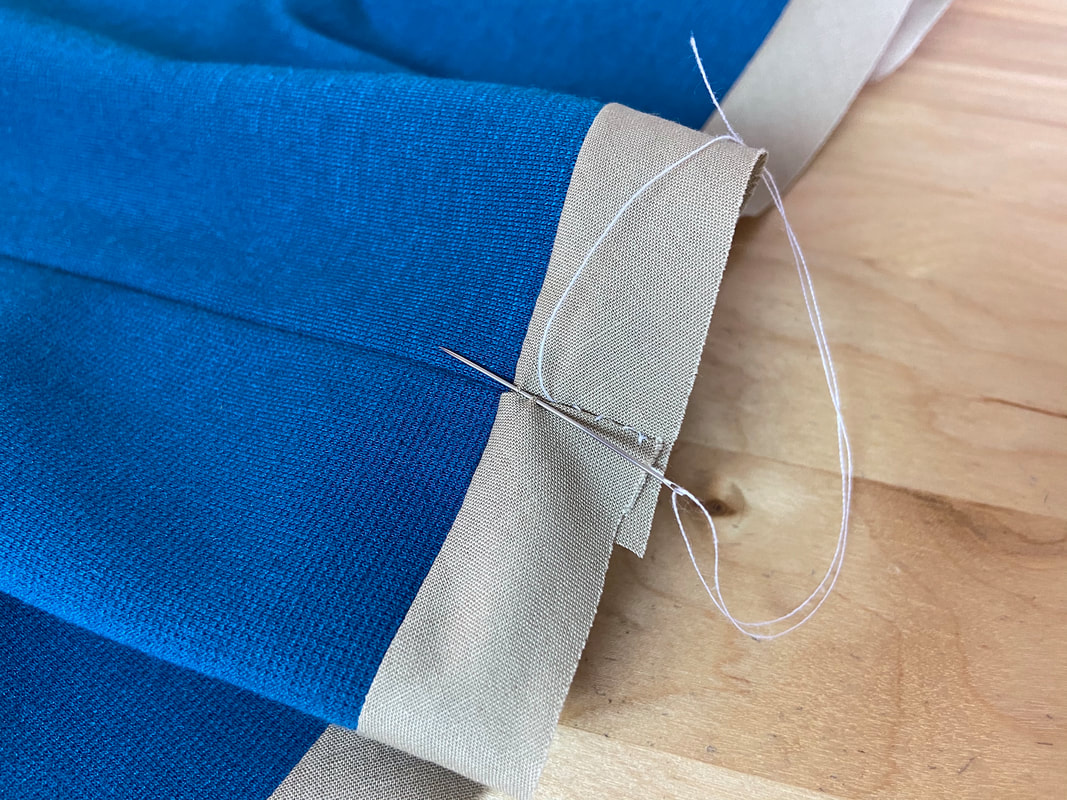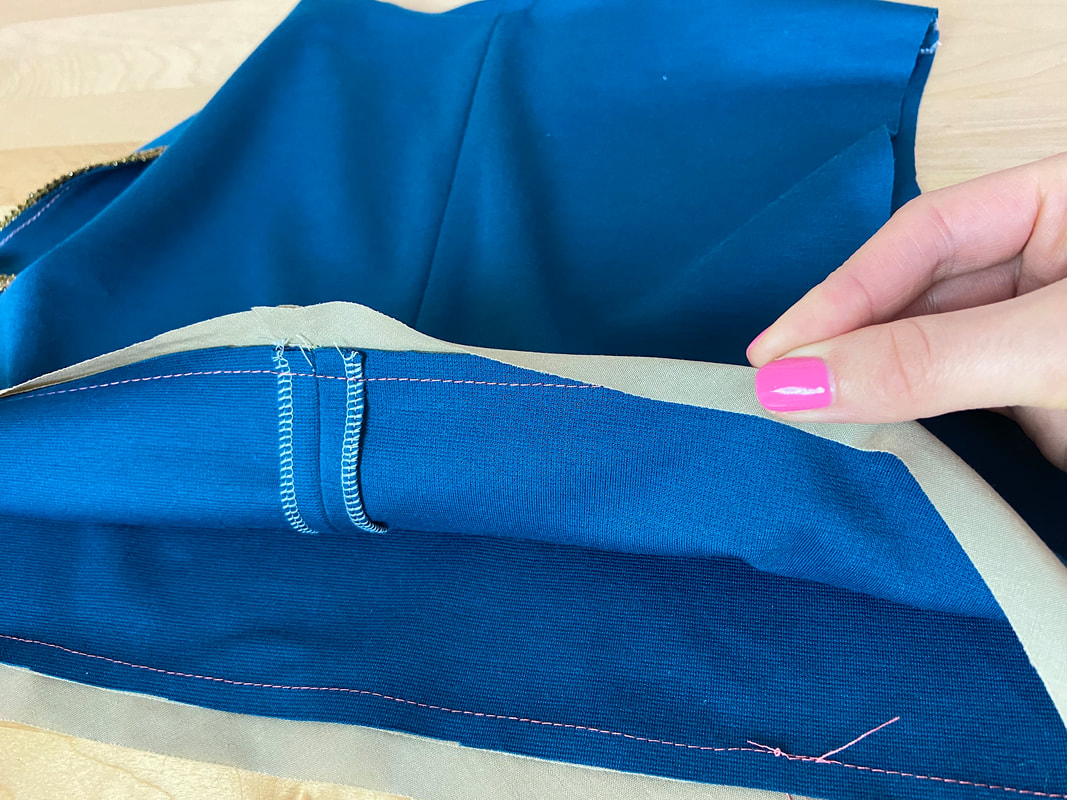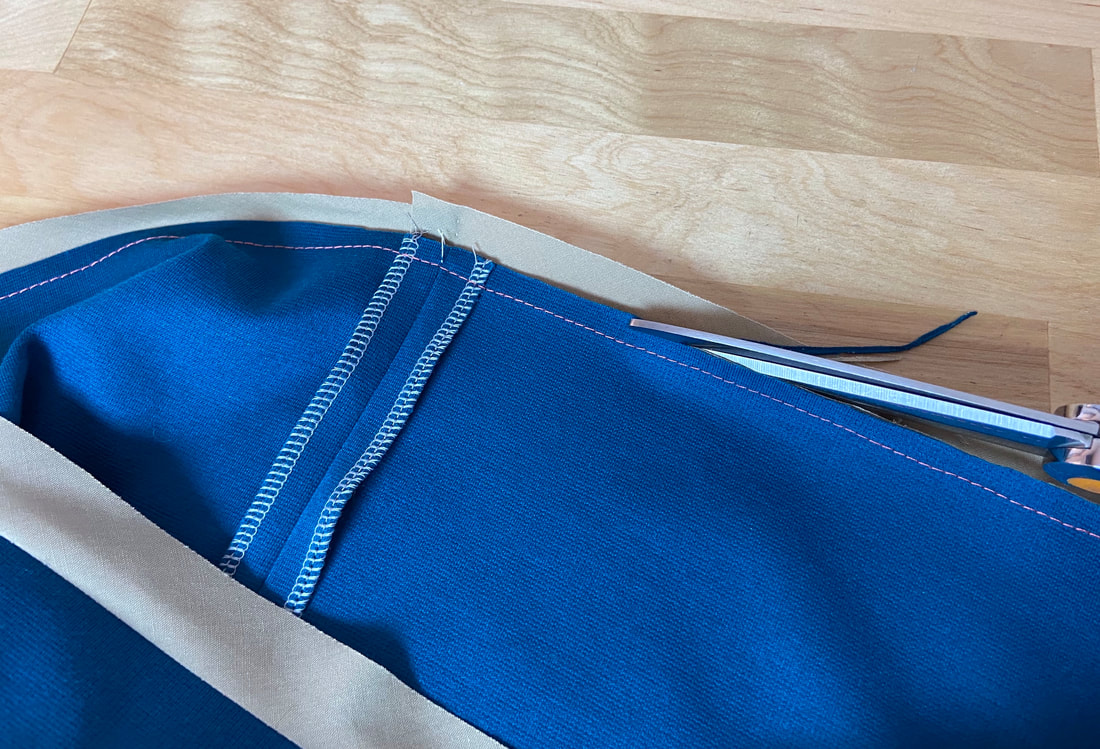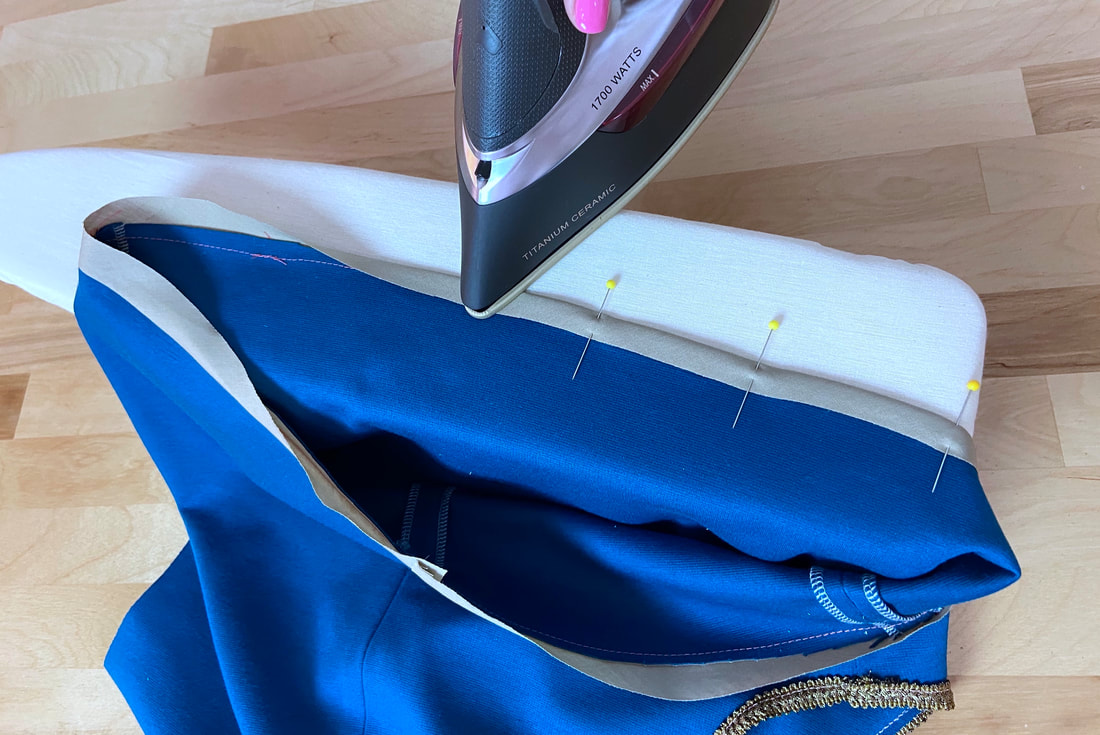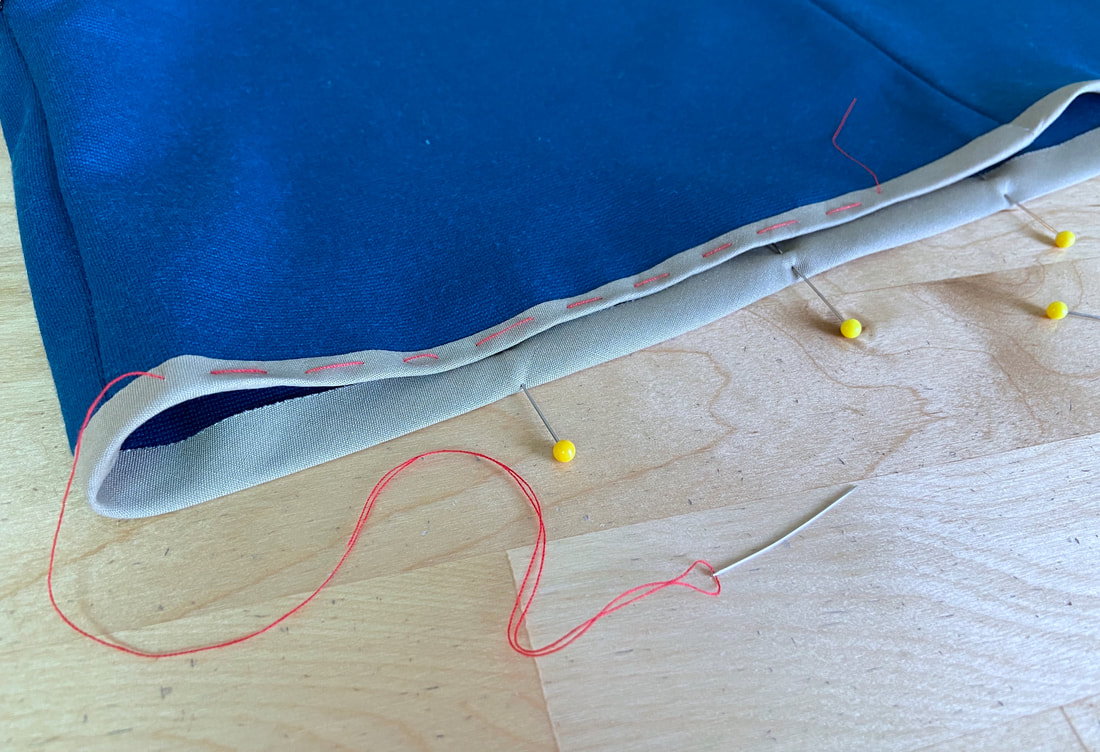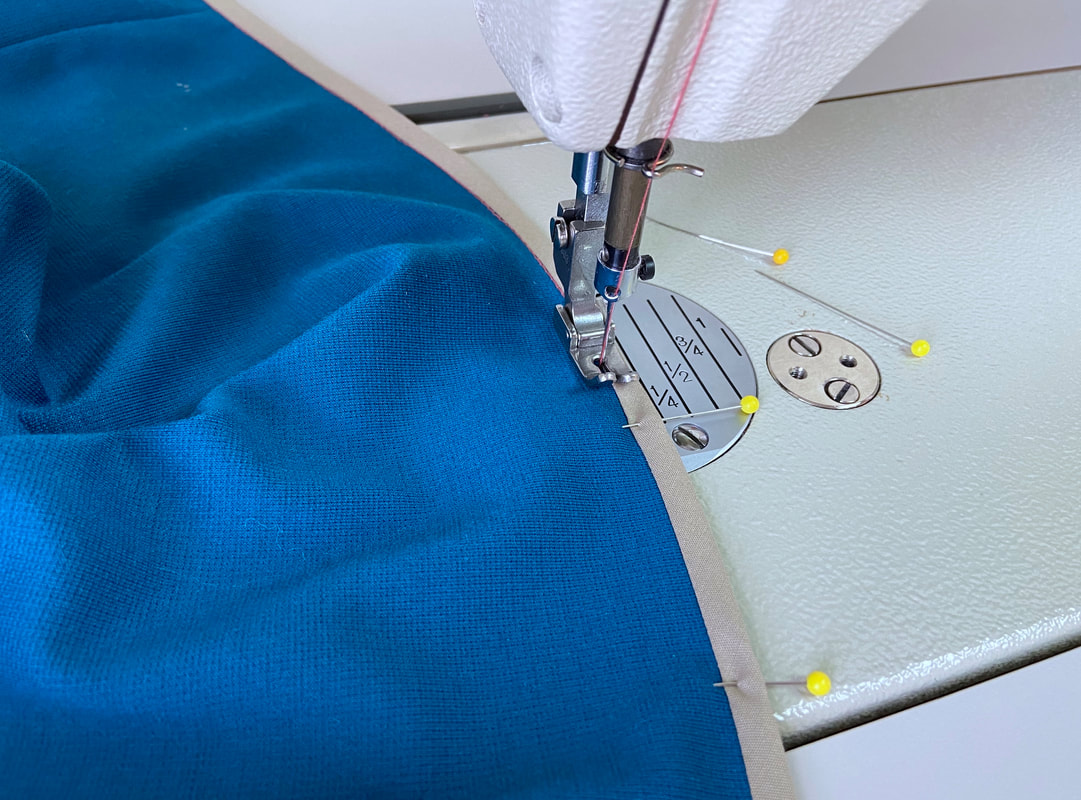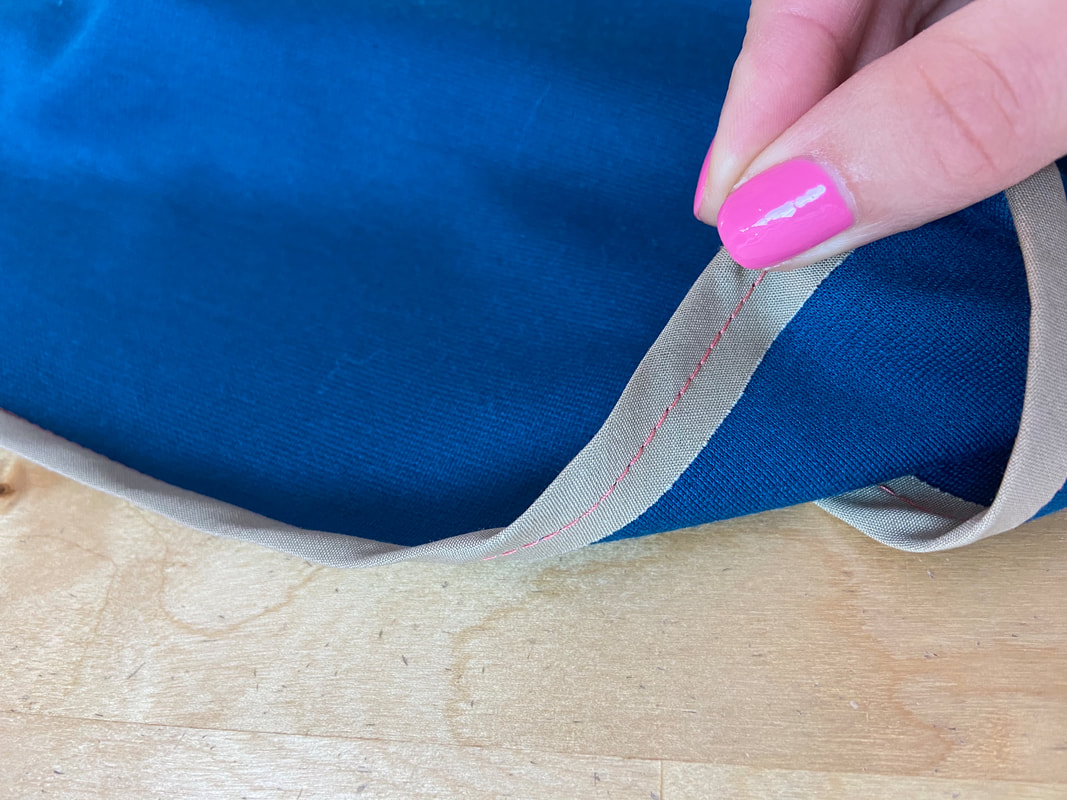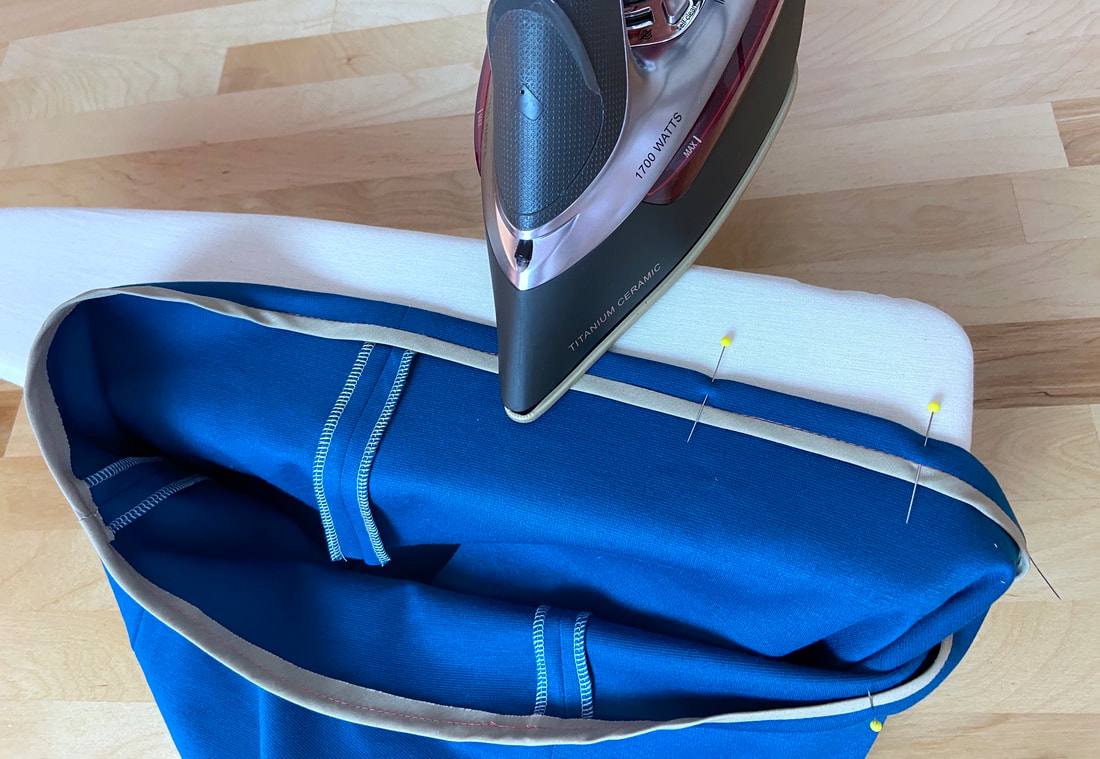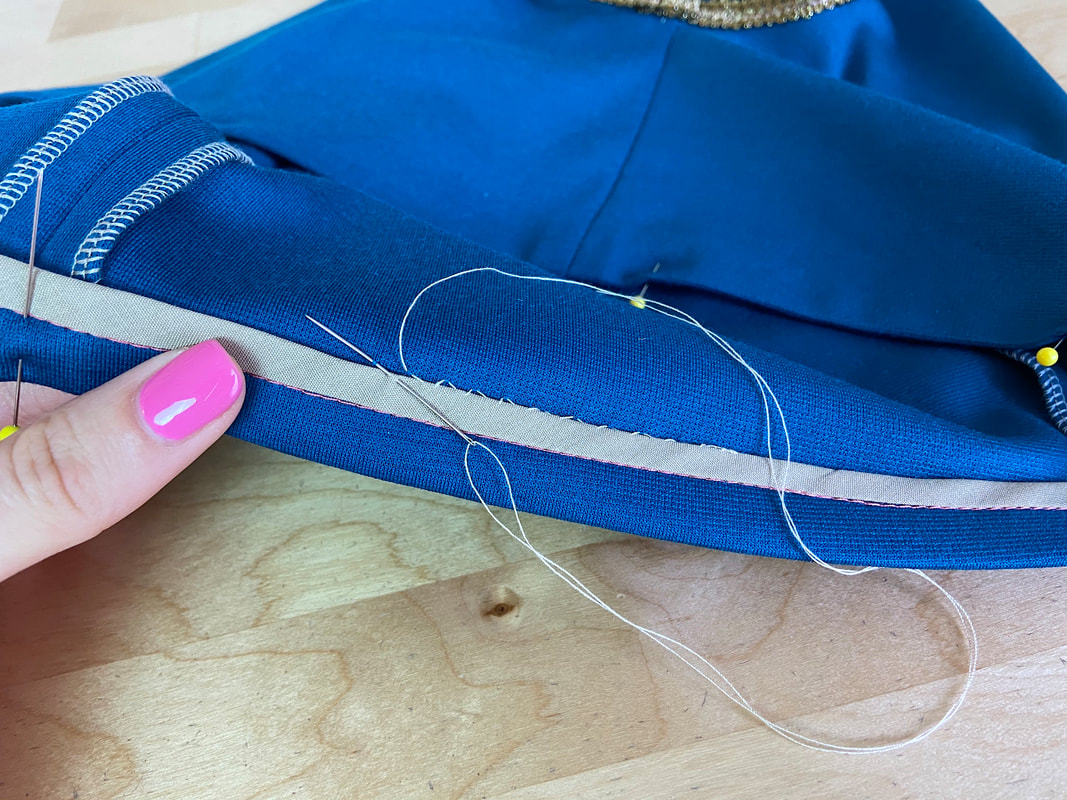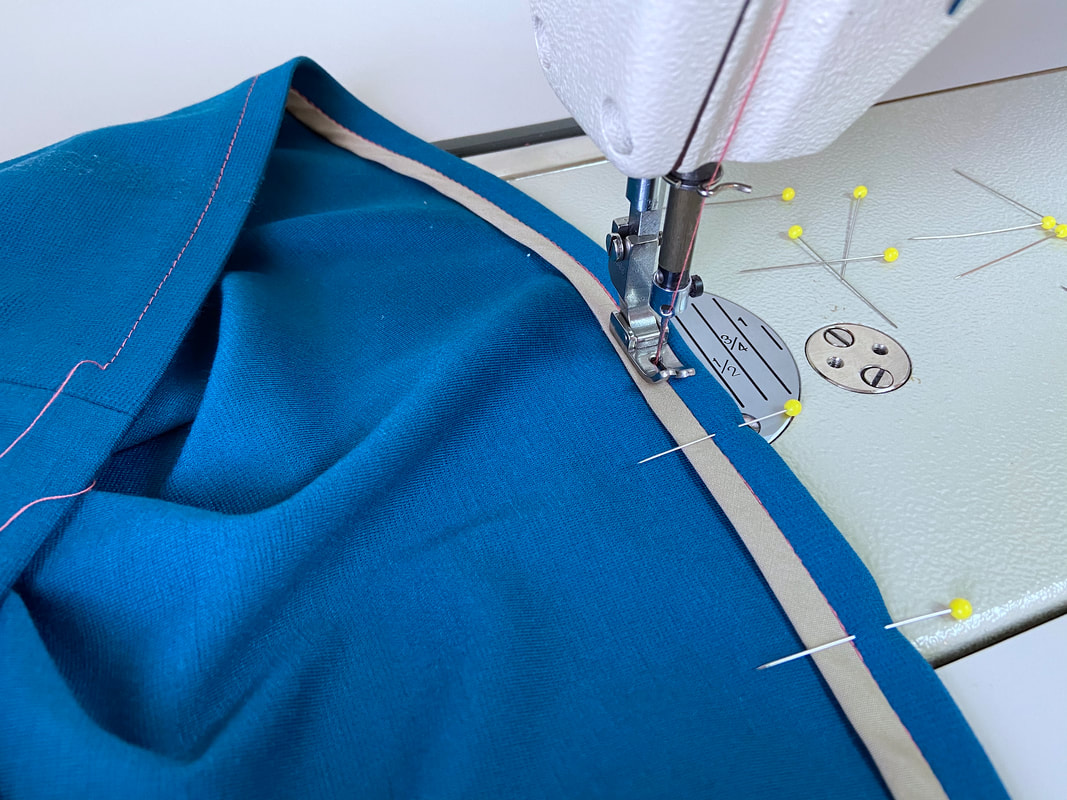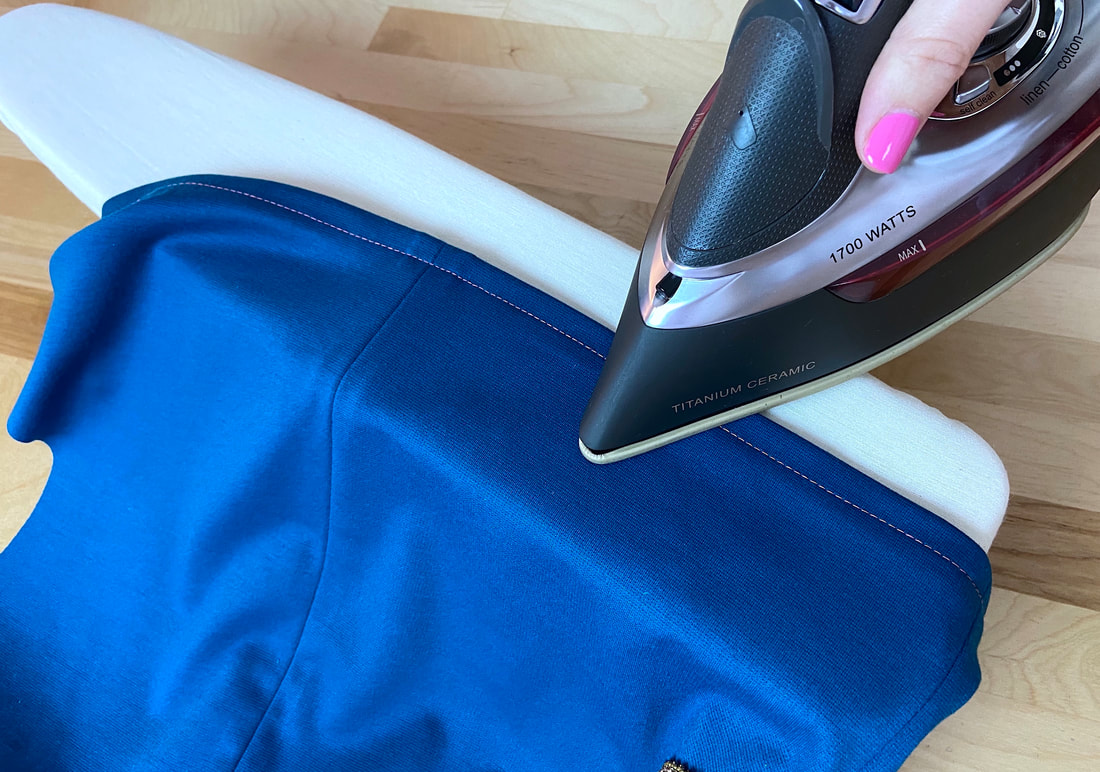What Is A Hong Kong Edge Finishing Technique
A Hong Kong finish looks almost identical to a binding application. However, it is simpler in construction and a great alternative for a higher quality, folded-up hem.
Although appropriate for most fabrics, a Hong Kong finish is mostly used with thick, bulky fabrics. It is not conventionally a decorative technique, but rather strictly functional. Similar to a bound finish, it encases fabric raw edges and prevents them from unraveling.
The bias fabric strip used for the Hong Kong application is cut exactly as you would a single layer binding.
The best width for a Hong Kong bias strip is 1”. If necessary, multiple bias strips should be sewn together to cover the entire length of the hem. Use the same technique as when making continuous bias binding.
Learn how to make continuous bias binding at home using the steps in this tutorial: How To Sew Continuous Bias Binding
You can also purchase pre-packaged bias fabric strips at your local fabric store. Choose the option that works best with the garment color and fabric thickness. If a matching color is not available, use a complementing or neutral shade.
Marking, Cutting And Sewing A Hong Kong Hemming Application
1. Cut and prepare the 1” bias strip. Sew multiple strips together to cover the entire length of the hem plus an extra 3”.
Follow the steps in this tutorial to measure, cut and sew the 1” bias strip: How To Sew Continuous Bias Binding
Before attaching the bias strip, make sure all garment seams are sewn, finished and pressed as needed.
2. Fold one end of the bias strip in at ¼” and align the fold with the garment seam such that the hem and bias strip raw edges are aligned, and the fabric face sides are touching. To keep the bias strip in position, insert pins perpendicular to the two edges as shown.
3. Continue aligning and pinning the bias strip along the garment’s hem, ensuring the two lengthwise edges are perfectly aligned.
4. When arriving at the folded end (starting point), overlap the end of the bias strip by about ½” and trim the remaining excess.
5. Hand baste the bias strip in this position to keep it secured in the machine stitching process.
If you are working with an easy-to-manage, structured fabric, feel free to skip the hand basting step (given that you feel comfortable with your sewing machine). Hand basting just provides an extra layer of stability during the machine stitching process.
6. Machine stitch the bias strip to the garment hem edge at ¼” seam allowance. If working with a particularly thick fabric, you can use a wider seam allowance like 3/8” or even ½”. If unsure, keep in mind that ¼” is considered a standard.
7. After stitching, extend the bias strip and all seam allowances away from the garment, and iron the seam in this position.
The folded end of the bias strip will overlap its trimmed end. Blind stitch this fold to the bias layer underneath using a slipstitch as shown.
To learn how to apply a slipstitch, follow the steps in this tutorial: Hand-Applied Blind Stitches
8. Fold the unstitched lengthwise edge of the bias strip over the hem’s raw edge such as to fully enclose it.
Tip: Trim the seam allowance prior to folding to eliminate unnecessary bulk.
9. Iron the bias strip in this position, and insert pins perpendicularly to secure.
Hand baste if you need extra stability in the stitching process to follow.
10. From the right side of the bias application, stitch in the groove created by the bias and garment surface such as to catch the other lengthwise edge of the bias strip underneath.
11. Fold the hem allowance inwards, toward the wrong side of the garment. Iron the hemline in this position and insert a few pins to secure.
The finished hemline should correspond to this folded edge. In this tutorial, the hem allowance is 1”, thus the fabric is folded at 1” in.
12. For no visible stitching on the face of the garment, blind stitch through the fold of the bias strip and the garment surface as shown. You can use a catchstitch or a slipstitch, the choice is all yours!
Learn more about blind stitching in this tutorial: Hand-Applied Blind Stitches
13. If your garment design calls for a topstitched hem finish, machine stitch next to the bottom of the bias strip application, working from the wrong side of the garment as shown.
14. Last but not least, iron the finished hem in the direction it was stitched. Use a protective cloth if working with a heat sensitive fabric.

